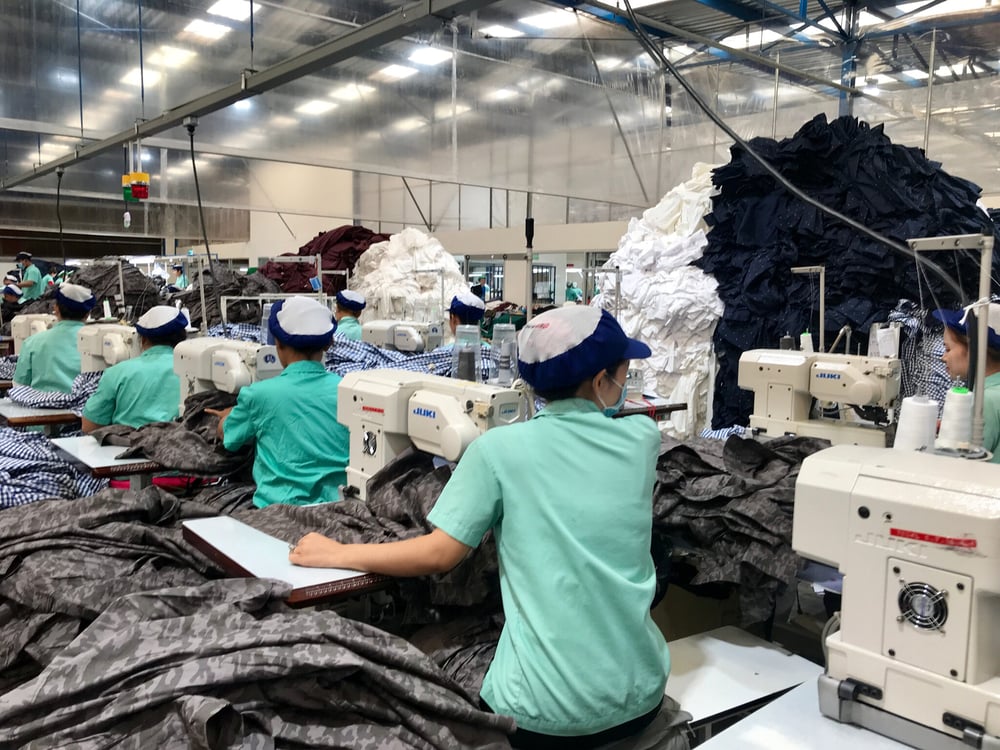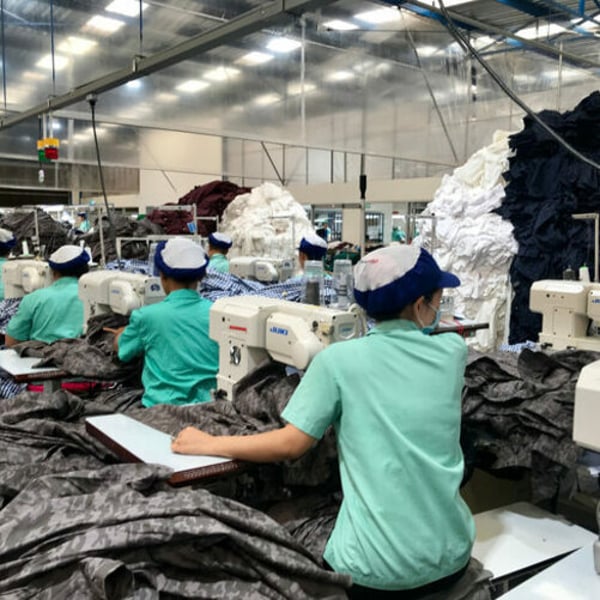Translated by
Nicola Mira
Published
Feb 27, 2024
Cambodia’s textiles and apparel industry recorded a 13.3% drop in exports in 2023, down to $11.1 billion. Despite this, the industry has continued to invest, opening 241 new plants in the country in a year, reaching a total of 2,125 factories active at the end of 2023.

Cambodia’s apparel exports to the EU fell by 13% last year, to €3.2 billion. Exports to the USA collapsed, falling by 23.5% to $3.3 billion. Cambodia is the sixth-largest apparel supplier to both markets, and these setbacks were the main factors for the overall downturn recorded in 2023.
A downturn that, for Cambodia as for all producer countries, should be put in perspective. It looks in fact more like a correction if we consider the sharp rise in Western orders that took place in 2022, which boosted Cambodian textiles and apparel exports by 15% in the same year.
However, the country’s standing with Western markets does worry local manufacturers. Last year, the USA did not renew Cambodia’s membership of the Generalized System of Preferences programme that grants customs access to the US market. With regards to the EU, Cambodia’s customs advantages, allowed through the Union’s EBA (everything but arms) programme, were reduced.
Signals that are pushing Cambodia to diversify its industrial sector, although textiles and apparel still account for at least one quarter of the country’s GDP. Cambodia remains attractive to Western buyers because of the low wages ($61 per month on average) paid to its nearly 450,000 textile workers.
This competitive advantage partly explains the 11.24% increase in investments by the local textiles industry. Last year, $18.5 billion were invested in the sector, with foreign investment coming from China in particular. The output volume of Cambodia’s textiles and apparel sector is now estimated to be worth $16.3 billion, according to Cambodia’s Ministry of Industry, Science, Technology and Innovation.
Copyright © 2024 FashionNetwork.com All rights reserved.
